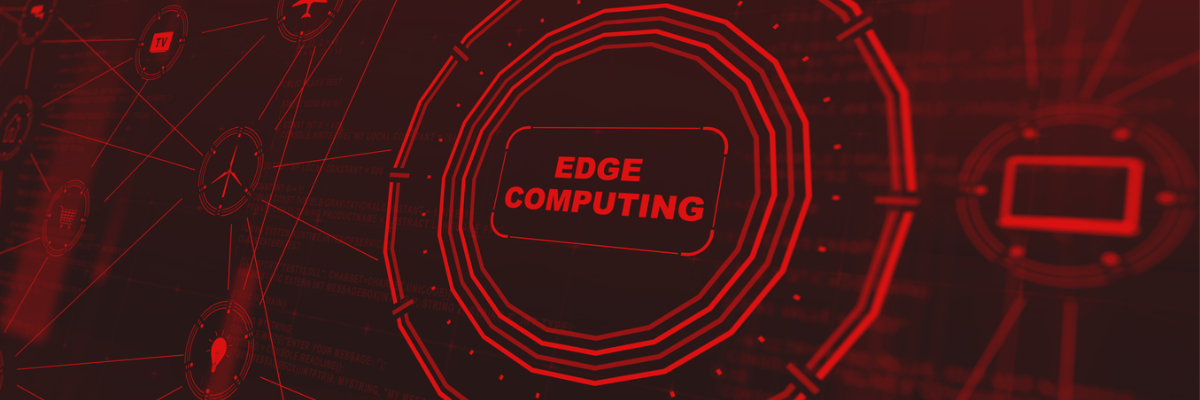Edge computing has been around for a while now, but the arrival of 5G has opened another door to take edge computing capabilities (and results) to an unprecedented level—IF you can properly manage your edge data.
A new Gartner report, Get Ready For Data Management at the Edge: Key Considerations and Actions sheds light on this and provides key insights and considerations for any enterprise trying to figure out how best to capitalize on the edge and edge data.
Table Of Contents
Edge Data and the Importance of Persistence Models
One of the report’s more notable recommendations is this: “organizations need to support distributed data persistence models”.
Persistence is essentially the continuation of an effect after its cause is removed, which in the context of data storage and processing means that the data survives after the process with which it was created has ended.
At a high level, data persistence just means keeping the data you are working with around. As an example, a web app would keep a user’s information after the user fills out a form so that it’s still there when the user comes back. In the case of a data warehouse or database, persistent storage usually means keeping all the raw data that went into the data warehouse or database pre- ETL in order to empower data provenance as well as provide a back-up strategy.
Data Persistence and Edge Data: The Big Challenge
At Volt, we ask the question “is low-latency data persistence enough to warrant moving business processes to the edge?” After all, moving to the edge is to provide business value faster and just storing the data is not going to cut it.
Storing all of this new, 5G-generated edge data is going to be very challenging in many ways:
- First of all, moving this raw data to the data center consumes the network bandwidth.
- Then, the storage resources need to retain this data until some analytics or machine learning process picks them up.
- And then, the unnecessary length of time required by the analytics processes to go through all this raw data will suck up even more compute resources.
That’s why it’s more imperative than ever that the data is not only persisted (ie, stored for future use and historical context), but also utilized right away as it is arriving. Processing the data at the edge allows the most vital data to drive intelligent, real-time decisions and actions.
How to Take Full Advantage of Your Edge Data
By sending aggregated data instead of raw data to the data center, an enterprise can benefit greatly both at the edge AND at the central data center because the data value is extracted at a much lower latency metric and thus more timely action can be taken. In the meantime, the resources at the central data center are more efficiently used, thus stretching the IT budget.
The decisions and actions on the edge need to be continually improved to reflect the system’s behavior more accurately and avoid actions based on false positive or false negative indicators. This requires the integration of the machine learning model to be used for powerful inferences at the edge.
Specifically, Gartner recommends:
- “Provide support for data persistence in edge environments by including edge-resident IT-oriented (relational and nonrelational database management systems ) technologies, as well as small footprint embedded databases for storage and processing of data closer to the device edge.”
- “Optimize distributed data architectures for their use cases by balancing the latency requirements against the need for data consistency (between cloud/data center and edge as well as across edge environments).”
In other words, one doesn’t need to compromise on data consistency to be successful at low-latency processing. If you can maintain a small architectural footprint and be smart about how you process your edge data by only sending aggregated data to your data center, you can be fast and accurate.
Other Key Gartner Report Findings
The report provides other key findings, including:
- “Digital business solutions increasingly demand faster data distribution and reduced latency, requiring a shift of data and data processing away from the cloud and traditional data center environments.
- Data sovereignty and solution reliability concerns are generating interest for data to be stored “locally” in edge environments.
- Most data and analytics teams have limited knowledge and skills in edge computing concepts and technologies, with resource-constrained device edges representing the most substantial gap.”
To read more about these findings and Gartner’s recommendations around them, you can access the full report here.
Gartner, Get Ready For Data Management at the Edge: Key Considerations and Actions, By Ted Friedman, 24 September 2021
GARTNER is a registered trademark and service mark of Gartner, Inc. and/or its affiliates in the U.S. and internationally and is used herein with permission. All rights reserved.


